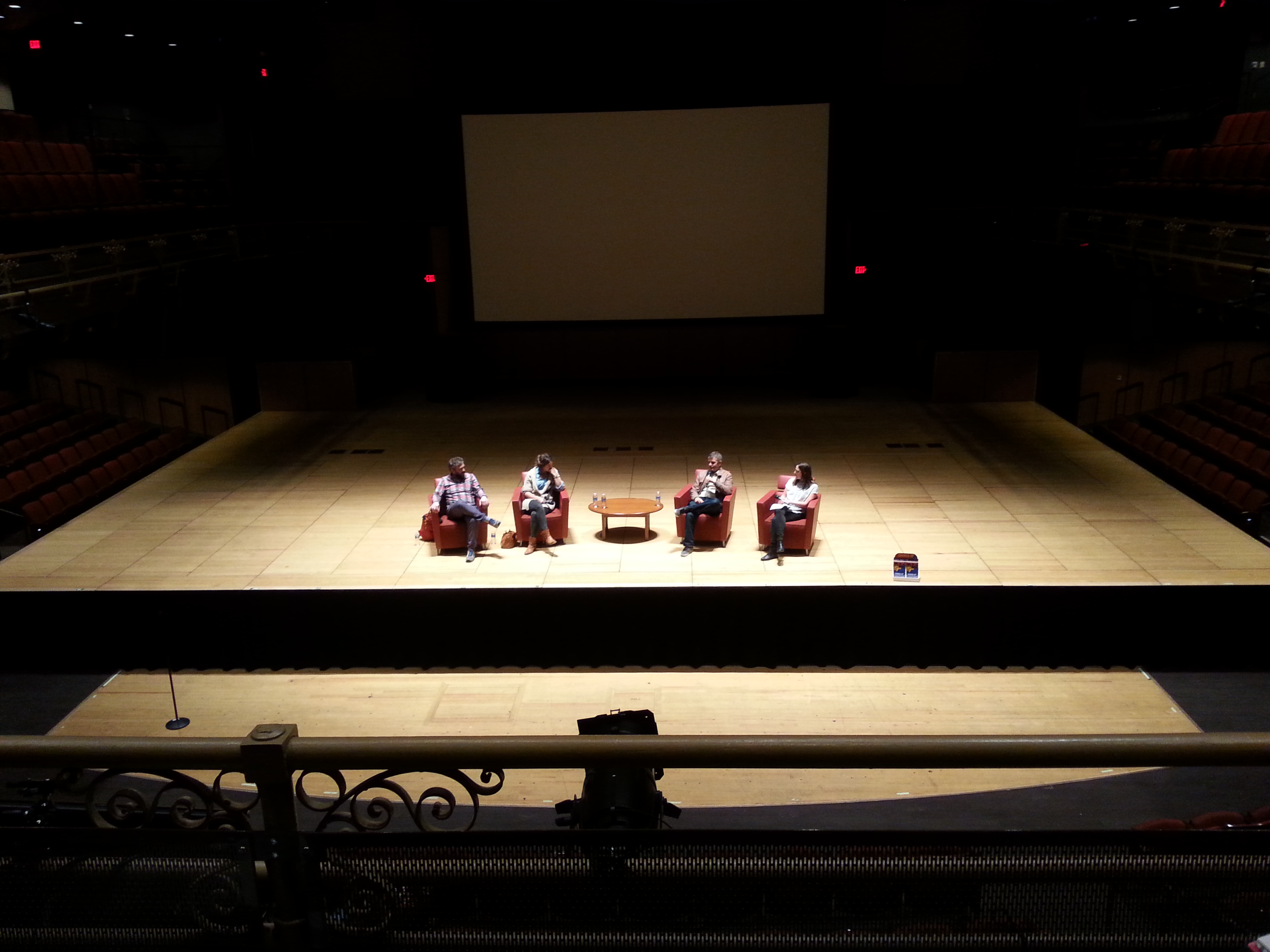An Inside Look at the Makings of the Film: Shored Up
WRITTEN BY: GREG VAN BUSKIRK
The Diamond Screen Film Series brought Shored Up to the Temple Performing Arts Center on the evening of Thursday, November 12th. Shored Up is a documentary explaining the effects of climate change and erosion on the beaches and shore towns of the American East Coast. The film was directed and produced by Ben Kalina, an alumnus of Temple’s Film and Media Arts Graduate program. Kalina created the film with fellow Temple graduate program alumni Jennifer Schneider and Marc D’Agostino who worked as Director of Photography and Editor respectively. Kalina explains how the project first came about.

“It started in the end of 2009 as my graduate thesis project,” Kalina said. “It grew from there…and ultimately the film managed to last long enough when Sandy hit and that became an important story point.”
Kalina is referring to none other than Hurricane Sandy, the most destructive hurricane of 2012. Sandy hit the East Coast in late October/early November and left ruin in its wake. Shored Up tells of the struggles of citizens in Long Beach Island, New Jersey, a shore town located roughly 55 miles southeast of Philadelphia. At the beginning of the film, audiences meet Anna Yurgelonis and Lisa Cordova as they return to what were once their homes, which have since been turned into piles of rubble. LBI – 18 miles in length and only half a mile wide – was decimated by Hurricane Sandy.
The film is more than just a story of recovery. Shored Up exposes audiences to experts currently analyzing sea levels, erosion, and climate change. All of these scientific factors affect the coast in some way. Therefore, the communities in these areas need to respond and act appropriately. How can tourist hotspots such as Long Beach Island survive forces of nature that have the ability to take away half a foot of shore line each year?

Local governments in New Jersey and North Carolina are constantly assessing options in order to protect shore towns. With factors such as cost, effectiveness, and detriment to the environment all relevant in these discussions, the process appears to be rather slow and ineffective.
Even if such actions are taken to counteract beach erosion and sea level rise, these measures will achieve short-term results unless further action is taken.
Kalina made the film to remind viewers of humanity’s relationship with nature.
“If there’s an intent, it’s to get people to reframe the way they think about nature and our place on Earth and to recognize that there’s a whole set of forces out there operating outside of us,” Kalina said.
The audience at the second installment of this year’s Diamond Screen Film Series included a mix of Temple film students, faculty, and students from various Temple classes that include coursework pertinent to the subject of the film.
Renée Sevier, co-program director of the series along with Kay Hannahan, explains the promotional approach they took for this screening.
“We wanted to try to market it not just to the film department, but because it deals with environmental issues, we wanted to do a campus-wide advertisement,” Sevier explained. “We also told professors to bring their classes here if it has any correlation with what’s being learned in the classroom.”
This screening was the last event in the Diamond Screen Film Series for this semester, but the series is set to heat back up in the spring. On February 22, 2016 the Temple Performing Arts Center will be hosting the Next Frame International Student Film Festival.
For more information on future events in the Diamond Screen Film Series, visit http://tfma.temple.edu/events.
Greg Van Buskirk may be reached at: [email protected]




